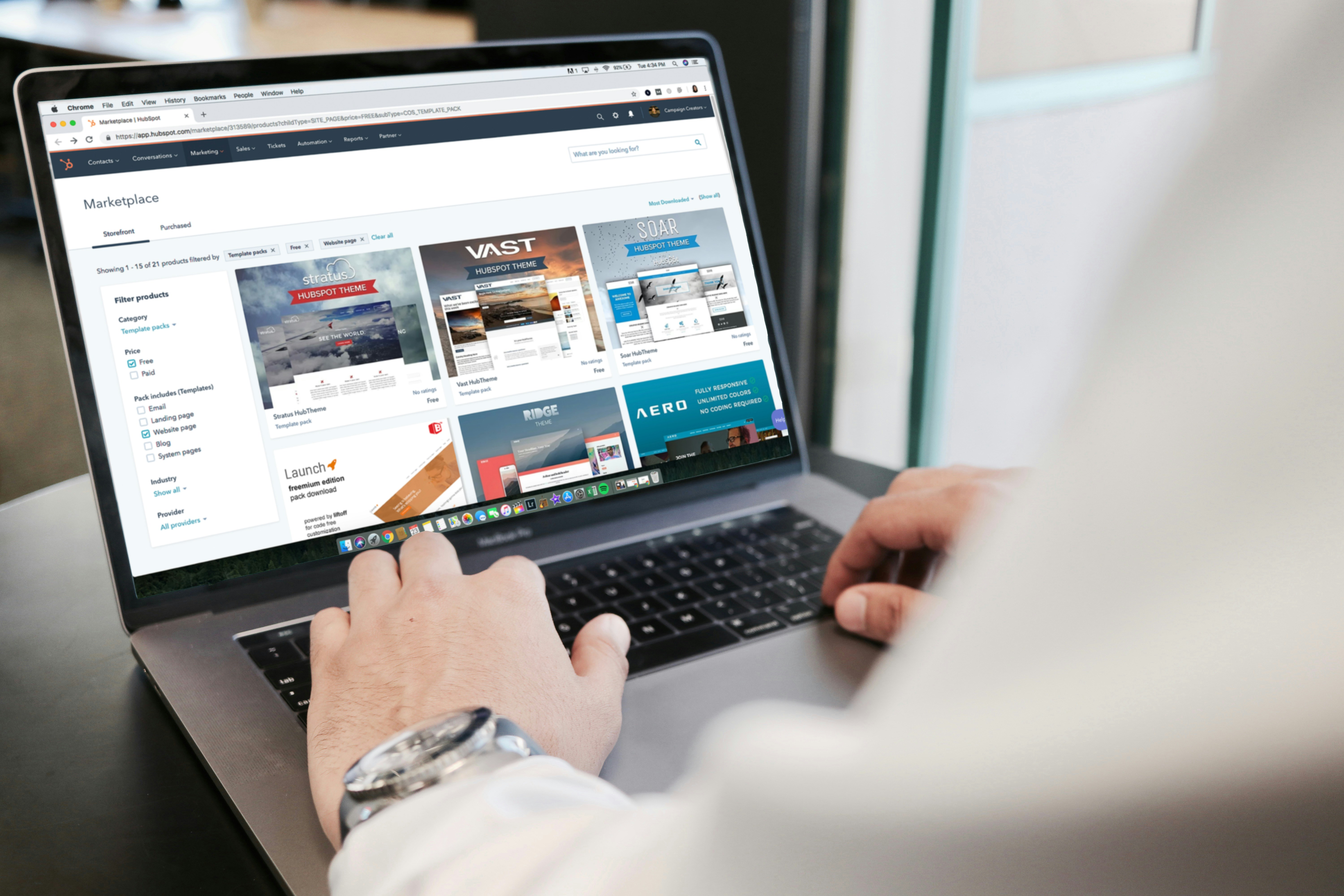Common Mistakes in WordPress Design and Setup
Creating a WordPress website can be a rewarding endeavor for small businesses, but it is crucial to avoid common pitfalls that can hinder site performance and user experience. One prevalent mistake is poor theme selection. Many small business owners often opt for free themes without considering how well they align with their branding and functionality needs. A visually appealing theme may not necessarily enhance user experience if it lacks critical features or is not responsive on various devices.
Mobile optimization is another area frequently overlooked. With increasing mobile internet usage, failing to optimize a WordPress site for mobile devices can result in losing potential customers. Websites that do not display correctly on smartphones or tablets suffer from high bounce rates, as users are likely to abandon a site that is difficult to navigate on their devices. Thus, selecting a mobile-responsive theme is essential for retaining visitors and converting them into customers.
Additionally, neglecting to customize default settings is a common oversight that can impact a site’s functionality. Many small business owners are tempted to go with the default settings provided by WordPress, overlooking the importance of tailoring these settings to their specific needs. This can affect everything from SEO capabilities to site security. For example, using default permalinks can hinder search engine optimization efforts, as they do not utilize keywords effectively. It is advisable to configure permalinks, image alt tags, and comment settings to suit business requirements and enhance visibility.
In real-world scenarios, businesses that have made these mistakes often find themselves struggling to attract and retain visitors. By investing time to select the right theme, ensuring mobile compatibility, and customizing settings, small businesses can significantly improve their WordPress site’s effectiveness and overall user satisfaction.
Neglecting SEO Basics
In the digital landscape, search engine optimization (SEO) is paramount for businesses seeking to enhance their online presence. One of the most critical mistakes many small businesses make when using WordPress is neglecting the foundational aspects of SEO. This oversight can substantially diminish the website’s visibility, causing missed opportunities for attracting potential customers.
Effective use of keywords, proper implementation of meta tags, and inclusion of alternative text (alt text) for images are essential components of a robust SEO strategy. For instance, a small e-commerce store may have a beautifully designed website, but if their product descriptions lack targeted keywords, they are likely to be overlooked by search engines. Consequently, the business may struggle to rank on the first page of results, leading to a significant reduction in web traffic and sales.
To mitigate these issues, it is crucial for small business owners to implement SEO best practices. Utilizing SEO plugins, such as Yoast SEO or All in One SEO Pack, can streamline the optimization process. These tools provide guidance on setting up meta titles and descriptions, ensuring that each page is equipped with appropriate keywords. Additionally, on-page optimization techniques involving proper formatting of headings, consistent use of keywords throughout the content, and strategic placement of internal links, can enhance overall SEO effectiveness.
Another important aspect is the use of alt text for images, which not only improves accessibility but also allows search engines to understand the content of visuals. By providing detailed descriptions, businesses can boost their ranking potential in image searches. Overall, dedicating time to these foundational SEO practices can significantly increase a small business’s online visibility, driving organic traffic and ultimately leading to growth in conversions.
Ignoring Site Performance and Speed
In the current digital landscape, the performance and speed of a website are critical factors that influence user experience and conversion rates. Small businesses often overlook the significance of these elements, which can result in detrimental outcomes. According to recent studies, a mere delay of one second in page load time can lead to a 7% reduction in conversions. Moreover, approximately 40% of visitors will abandon a website that takes more than three seconds to load. Such statistics underscore the necessity of prioritizing site performance to ensure user retention and satisfaction.
The impact of slow loading times extends beyond just user frustration; it can significantly affect a business’s bottom line. Customers expect quick access to information, and any delay can lead to lost opportunities. A fast-loading site enhances the user journey, encouraging visitors to stay longer and explore more pages, ultimately increasing the likelihood of conversions. Additionally, search engines, such as Google, incorporate site speed into their ranking algorithms, meaning that businesses with slower websites may suffer from lower visibility in search results, further hindering potential traffic.
To address these challenges, small business owners can implement several best practices aimed at enhancing website speed. One effective approach is the utilization of caching plugins, which store static versions of web pages and serve them to users, reducing load times. Optimizing images is another crucial step; large images can significantly slow down a site’s performance, so compressing them without sacrificing quality is essential. Lastly, selecting the right hosting provider can make a substantial difference. Reliable hosting solutions often offer better performance, higher uptime, and increased speed, which are vital for a successful online presence.
Forgetting Regular Updates and Backups
One critical mistake that many small businesses make when managing their WordPress websites is neglecting the importance of regular updates and consistent backups. As technology evolves, software receives updates that not only enhance features but also address potential security vulnerabilities. Failing to keep your WordPress core, themes, and plugins updated can expose your website to cyber threats, which can lead to severe consequences for your business.
Outdated software may also lead to compatibility issues, affecting the site’s performance and user experience. For instance, if a plugin is not compatible with the latest version of WordPress, it could cause your site to crash or malfunction, resulting in lost customer trust and revenue. Furthermore, the potential to lose invaluable data, such as customer information or proprietary content, is a significant risk for small businesses without a reliable backup strategy.
To safeguard your website, it is essential to implement a structured system for updates and backups. First, consider setting up automatic updates, which can be configured through your WordPress dashboard or with a dedicated plugin. This proactive measure ensures that your site is running the latest versions of WordPress, along with its themes and plugins, thus minimizing security risks.
Equally important is establishing a regular backup routine. You may opt for plugins that facilitate automatic backups or utilize hosting services that include this feature within their packages. By doing so, you can ensure that all your website data is securely stored offsite, protecting it from unexpected technical issues or cyberattacks. Both regular updates and backups are vital practices that contribute to the longevity and security of your WordPress website, ultimately sustaining your small business in a digital landscape.



